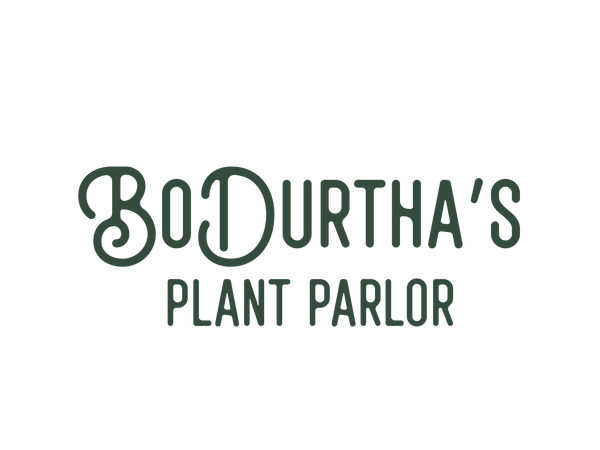Alocasia 'Flying Squid' Care
Alocasia ‘Flying Squid’
Overview
- Unusual and alien-like foliage resembling tiny squid in flight
- Petite and sculptural—ideal for small spaces and collectors
- Low leaf surface area means less transpiration—easy to overwater
- Thrives in bright, indirect light and high humidity
- A rare conversation piece for the true plant enthusiast
Alocasia ‘Flying Squid’ is one of the most peculiar and charming members of the Alocasia genus. Instead of broad leaves, it produces long, tubular petioles topped with slender, tentacle-like blades—earning it its common name. Its unique silhouette makes it a sculptural statement plant despite its small size.
Origins
A rare cultivar with roots in Southeast Asia, most likely derived from species within the Alocasia plumbae or Alocasia cucullata family, prized for its unconventional form and compact growth habit.
Light Requirements
- Bright, indirect light is ideal
- Tolerates lower light but may grow more slowly
- Avoid harsh direct sunlight to prevent stress
Watering
- Allow the top 1–2 inches of soil to dry out between waterings
- Use a light hand—this species is especially prone to root rot
- Ensure proper drainage and remove excess water from the saucer
Humidity
High humidity (above 60%) helps this plant stay healthy and push out new growth. Consider grouping it with other plants or using a small humidifier nearby.
Soil
Aroid Mix. Use a chunky, well-draining mix containing perlite, coco coir, and orchid bark to allow airflow around the roots.
Fertilizer
Fertilize monthly during spring and summer with a diluted balanced liquid fertilizer. Withhold during fall and winter dormancy.
Preferred Growing Method
Freeform. This plant’s growth habit is upright and quirky—best left to grow naturally in a well-sized pot to showcase its unusual form.
Final Notes
Alocasia ‘Flying Squid’ is a true oddity in the best way—perfect for collectors and those who like their plants a little weird. Given proper care and attention to moisture, it thrives as a desktop or shelf specimen that’s sure to start conversations.
